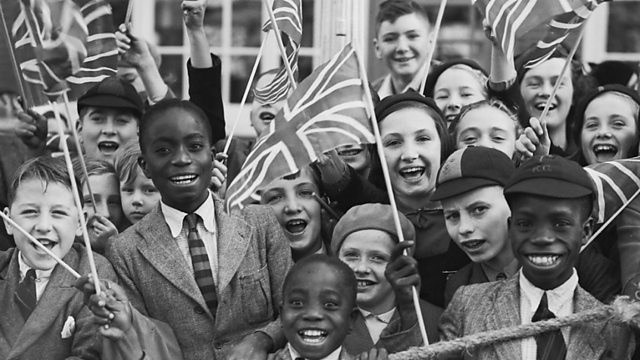
UK Black History Month: Changing Demographics of Black British Population in England
October is Black History Month in the UK, with 2018 being the 31st year since celebrations began. To mark the occasion, Opening-Times UK has produced an animation showing how the geography of black Briton has changed over time, since the first census in 1981. An estimated 3% of the UK population is considered black/African/Caribbean/black British. Over 95% of Black British live in England, particularly in England’s larger urban areas, with most (over a million) Black British living in Greater London.
The 2011 census found that 1.85 million of a total Black population of 1.9 million lived in England, with 1.09 million of those in London, where they made up 13.3 per cent of the population, compared to 3.5 per cent of England’s population and 3 per cent of the UK’s population. The ten local authorities with the highest proportion of their populations describing themselves as Black British in the census were all in London: Lewisham (27.2 per cent), Southwark (26.9 per cent), Lambeth (25.9 per cent), Hackney (23.1 per cent), Croydon (20.2 per cent), Barking and Dagenham (20.0 per cent), Newham (19.6 per cent), Greenwich (19.1 per cent), Haringey (18.8 per cent) and Brent (18.8 per cent)
The map below shows the movement and distinct growth of the Black British population in the UK.
From the 1940s-60s, the Black British population was mostly made up of poorer Caribbean’s, who had come as part of the Windrush generation. Mass migration from the Caribbean continued throughout the two decades, with workers filling the labor market, particularly in hospitals and public transportation.
It wasn’t until the late 1980s that a new wave of black migrants from Africa began settling in the UK, mostly wealthy Nigerians and Ghanaians along with refugees from Somalia and Zimbabwe. By 1991, according to the national census, there were around 500,000 black people in London alone, with a large proportion of those being second generation UK citizens. At this point, many started moving outwards from London, especially to the West Midlands.
In 2001, Black British made up 3 percent of the total UK population, the majority of which were Caribbean, African and British-born. Reports at this time estimate that ethnic minorities were contributing around £25-30 billion to the UK economy, with approximately 10,000 black-owned business registered in London. Businesses that were London-based made up 4 percent of all London businesses and provided around 70,000 jobs. The biggest industries for black-owned firms in London were real estate and retail.
By 2011, the black population had doubled and is set to continue growing along with other ethnic minority populations. Learn more





1 Comment
by Zee
Very informative on UK we never hear about ten across the pond.
Comments are closed.